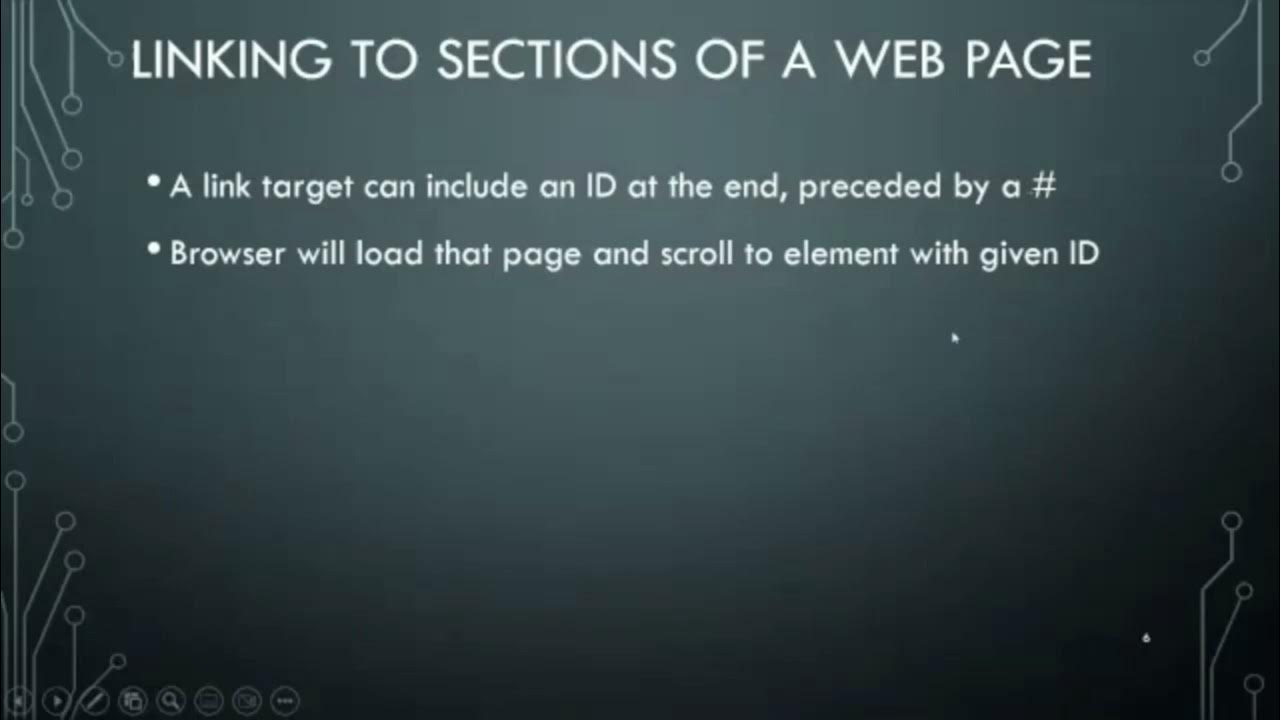Learn CSS Positioning Quickly With A Real World Example
Summary
TLDRThis video tutorial explores CSS positioning properties essential for web design. It covers the five main types: static, relative, absolute, fixed, and sticky, detailing their unique behaviors and applications. The tutorial demonstrates how to effectively position elements using properties like top, right, bottom, and left, while emphasizing the significance of the z-index for layering elements. Practical examples highlight how to create layouts that respond to user interactions, such as fixed headers and sticky sections, enhancing both functionality and aesthetics. By the end, viewers gain a solid foundation in CSS positioning to improve their web development skills.
Takeaways
- 😀 understanding css positioning is essential for web design, as it helps create layouts that are visually appealing and functional.
- 🚀 there are five main position values in css: absolute, relative, fixed, sticky, and static, each serving a different purpose.
- 🔍 absolute positioning removes an element from the normal document flow, allowing it to be positioned using top, right, bottom, and left properties.
- 📏 relative positioning keeps the element in the normal flow of the document but allows it to be moved relative to its original position.
- 📌 fixed positioning keeps an element anchored to the viewport, remaining in place when the user scrolls the page.
- 📍 sticky positioning combines relative and fixed behaviors, allowing an element to stick at a certain position when scrolling.
- ❌ static positioning is the default setting for elements and does not allow for adjustments using top, right, bottom, or left properties.
- 🎨 layering elements can be controlled using the z-index property, which determines the stack order of positioned elements.
- 🔧 managing overflow with properties like overflow-x: hidden helps prevent unwanted scroll bars when elements are positioned off-screen.
- 👍 experimenting with these positioning techniques can enhance web design skills and lead to more successful projects.
Q & A
What is the main purpose of CSS positioning properties?
-CSS positioning properties allow developers to control the placement of elements on a webpage, enabling layouts that can enhance visual design and user experience.
What happens when an element is given the 'absolute' position?
-An element with the 'absolute' position is removed from the document flow, meaning it does not affect the positioning of other elements, and is positioned relative to the nearest positioned ancestor.
How do the 'top', 'bottom', 'left', and 'right' properties work in CSS?
-These properties set the position of an element based on its positioning context (absolute, relative, or fixed). They define the distance of the element from the specified edge of the viewport or its parent container.
What is the difference between 'relative' and 'absolute' positioning?
-Relative positioning keeps the element in the document flow while allowing adjustments to its position, whereas absolute positioning removes the element from the flow entirely and positions it based on the nearest positioned ancestor.
What effect does the 'fixed' position have on an element?
-A fixed position keeps the element in a fixed location relative to the viewport, meaning it remains visible even when the page is scrolled.
What is the purpose of the 'Z-index' property?
-The 'Z-index' property determines the stack order of overlapping elements, with higher values placing elements above those with lower values.
How does the 'sticky' position differ from other positioning values?
-Sticky positioning combines characteristics of relative and fixed positioning, allowing the element to scroll with the page until it reaches a defined position, after which it sticks to that position.
What is the effect of using negative values for positioning properties?
-Negative values for positioning properties like 'top' or 'right' can move an element off-screen, potentially causing horizontal or vertical scrolling, which can be controlled by setting 'overflow' properties on the parent element.
How can 'opacity' be used in conjunction with positioning?
-Opacity can be applied to positioned elements to adjust their visibility, allowing for effects such as transparency, which can enhance the visual layering of elements.
What should be avoided when using the 'static' position?
-When an element is set to 'static', it does not respond to positioning properties such as 'top', 'bottom', 'left', or 'right', limiting its movement and layering capabilities.
Outlines

Этот раздел доступен только подписчикам платных тарифов. Пожалуйста, перейдите на платный тариф для доступа.
Перейти на платный тарифMindmap

Этот раздел доступен только подписчикам платных тарифов. Пожалуйста, перейдите на платный тариф для доступа.
Перейти на платный тарифKeywords

Этот раздел доступен только подписчикам платных тарифов. Пожалуйста, перейдите на платный тариф для доступа.
Перейти на платный тарифHighlights

Этот раздел доступен только подписчикам платных тарифов. Пожалуйста, перейдите на платный тариф для доступа.
Перейти на платный тарифTranscripts

Этот раздел доступен только подписчикам платных тарифов. Пожалуйста, перейдите на платный тариф для доступа.
Перейти на платный тарифПосмотреть больше похожих видео

#30 شرح بالتفصيل عن خاصية position

CSS Tutorial: Float & Clear Explained | Web Development Tutorials #21

CSS Course | CSS Float & Clear | CSS Overflow | Complete Web Development Course Tutorial 22

Learn CSS in Hindi with animations

Layout Part 1A - Motivation, Divs & Spans Review

Learn CSS Grid in 20 Minutes
5.0 / 5 (0 votes)
